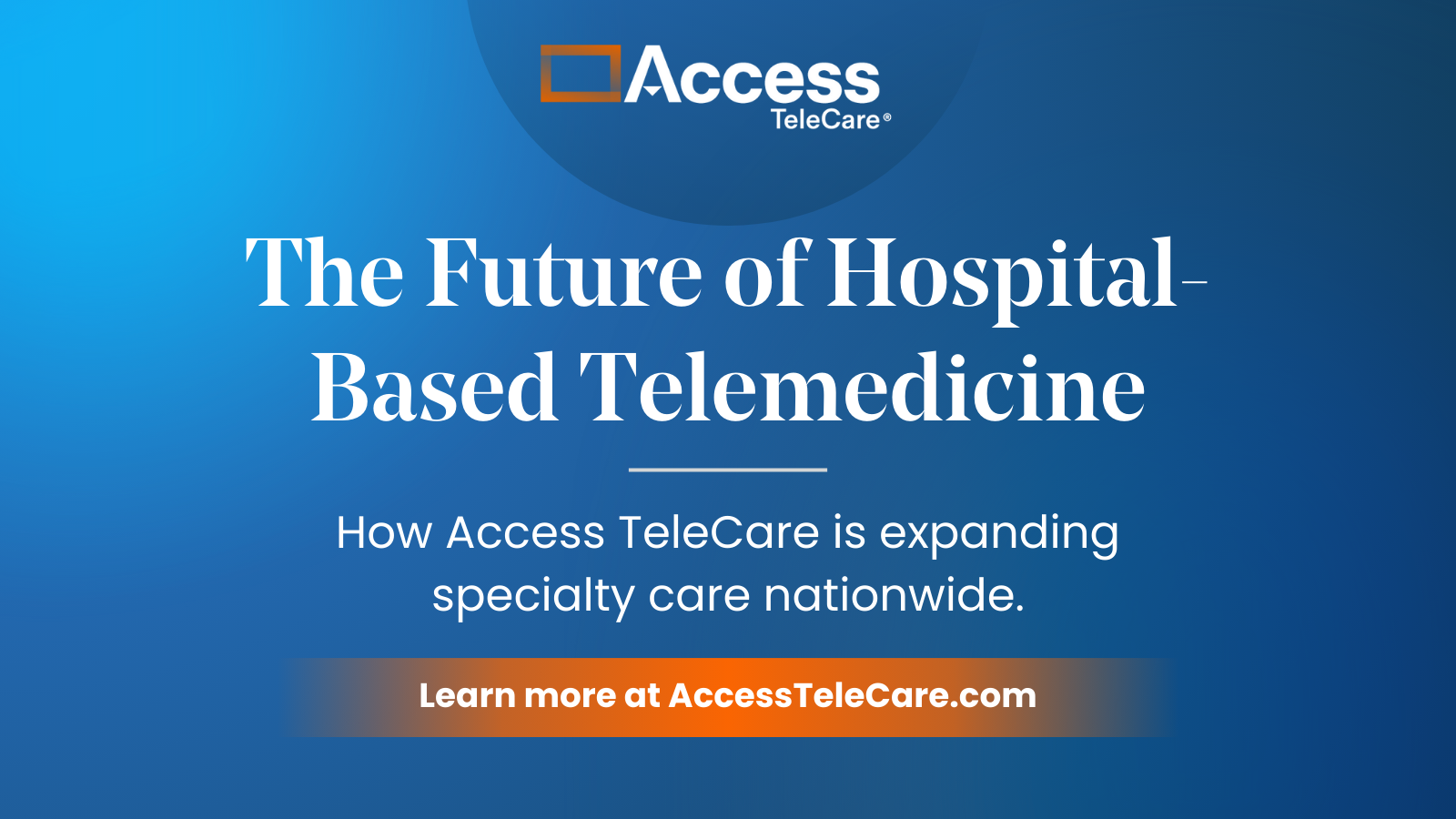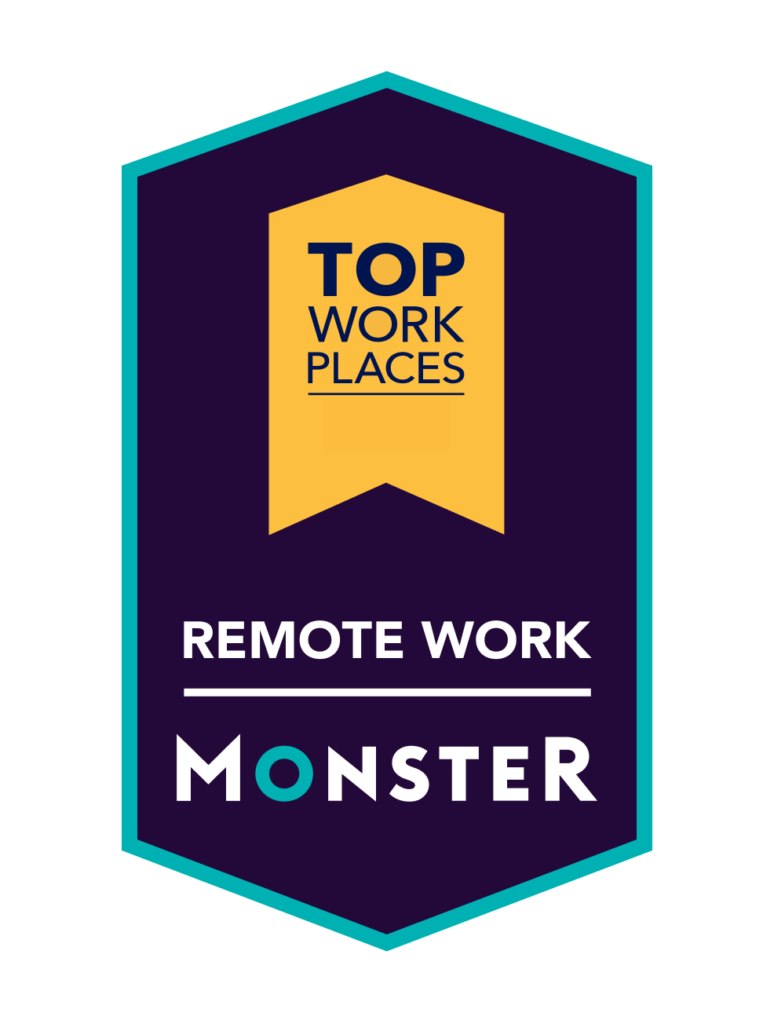Dr. Jason Hallock, Chief Medical Officer, Access TeleCare
The Corona virus has officially spread to every state. Hospitals have been preparing for this eventuality for weeks, moving up or postponing elective surgeries, creating a triage response team and protocols, and planning where to put patients when the inevitable surge happens.
How big the surge gets and for how long it lasts remains to be seen.
Most ERs actually saw a decrease in patient volume initially for a brief period at least. Patients actually listened to the message to stay out of the ER if they weren’t sick. Unfortunately, the lull is over. Large increases in COVID-19 patients began in the “hot spots”–first the Pacific Northwest and then New York and California. We’re beginning to see “the surge” nationwide. This means that both providers and patients are at risk during all encounters throughout the hospital ecosystem.
Why protecting your providers is so important
We are at the beginning of this pandemic crisis in the U.S., and many providers are already exhausted. While many are justly talking about equipment shortages, we also need to be talking about the supply of human capital and how to manage that efficiently. During the course of a normal day, the healthcare system is only a couple of “call outs” away from having an absence that affects daily operations. This brings up a question: How are we going to handle the surge when multiple providers are quarantined?
The line between patients and providers who are “at risk” and who are not is becoming less clear by the day. More and more providers will be working in personal protective equipment (PPE) for all patient encounters, to protect patients, fellow providers and themselves.
One way to view your ED is an “assembly line.” This analogy has long been in use before COVID-19. You already know your average ED volume, but to put it in perspective: If your ED see 50,000 patients per year, that’s a new patient presenting every 10 minutes. If your ED sees 100,000 patients per year, that’s a new patient every 5 minutes. That is the speed at which your ED assembly line runs—all before COVID-19. If your ED was already full before COVID-19, the surge of patients could overwhelm and “break” the machine.
How telemedicine can help
To maintain continuity of your business, and keep the machine running in the face of the surge, telemedicine implementation can help in four important areas:
1. ED Triage
The ED is the front door of your hospital, and has been for some time. But, now your front door may very well be a disaster tent. The goal is to minimize staff exposure, and perform the air traffic control duties your ED already does. But, what if you could have a remote clinician vetting this queue and deciding who needs a bed, who can go home and be monitored (again by a remote clinician) and who can go home without need for monitoring? Tele-triage has a significant role to play and is already being used effectively in this manner. The likelihood of infection is much lower for a remote physician, as well as reduces risk to patients and other colleagues. A single, dedicated provider per shift can safely triage multiple busy hospitals at one time and from one place.
2. Managing surges in your main Emergency Department
In the middle of handling all the COVID-19 patients who are headed your way—some with critical acute respiratory distress syndrome (ARDS) patients, some needing intubations—we’re not going to get a break from strokes, trauma, overdoses, and everyone else who comes to the hospital for emergency care. We need to make certain these non-COVID emergency patients can still access vital specialists when they need it–without spreading the infection, or further slowing the patient flow in the ED.
3. The Art of the Productive Quarantine
The mandated quarantine for infected providers can cripple a hospital. Maintaining access to clinical resources who test positive but are asymptomatic is crucial to ensuring quality patient care. Many providers will be able to practice medicine even while quarantined. Even with mild cases. There is no PPE better than telemedicine. With telemedicine, providers can still see patients, with no risk to the provider or the patient.
There is already a shortage of specialists nationwide. Many clinicians are older in age, and therefore in the “high risk” category. The reality is that many clinicians will get sick. And some will even die. The goal is to prevent as many of these incidents as possible.
4. Beyond the Emergency Room
Telemedicine can be used far beyond the ED—in the critical care setting, on the floor and across the care continuum, including skilled nursing facilities.
ICU: Many COVID-19 patients will need to be treated in the ICU. Telemedicine can help care for those patients – and this doesn’t have to be in the hardwired bunker model. Telemedicine is already being used effectively as a consult on demand service much like what it looks like to have an in house ICU doctor, with alternate workflows for procedures. TeleICU can also supplement in-house critical care staff depending on the number of patients and what is needed, especially ventilator management.
Inpatient: Sound Physicians partners with hospitals in 40 states, and leverages the SOC platform in many of those partner hospitals to triage calls to the appropriate available provider and use the right medium, whether it be video or phone, to conduct the patient visit.
In times of emergency, like during Hurricane Florence, and now with COVID-19, Sound has had significant demand for their expertise in supporting hospitals. A successful emergency response program has daytime and nighttime coverage, and supports the hospitalists in admitting, rounding, and discharging functions.
Skilled Nursing: Sound also uses telemedicine to treat patients in skilled nursing facilities (SNFs). This can help prevent COVID-19 exposure for both the provider and the patient (already in a high-risk category) and can prevent readmission back to the hospital. Keeping patients at the right place of care frees up the much needed space in ERs and hospitals to treat the right patients in the right setting. With the right capacity planning, enabled significantly by the use of telemedicine, hospitals can help flatten the volume curve and protect healthcare workers throughout the crisis.
“What we realized after standing up our first few programs, is that there are much broader applications for telemedicine across the care continuum. Not only did we quickly learn that we could drive incremental cost savings and readmissions reduction while maintaining our high quality of care, but that telemedicine can serve as an effective means of supporting volume spikes and in helping communities get access to providers when it may not otherwise be available,” said Alex Walton, COO of Sound Telemedicine, an arm of Sound Physicians.
Bottom Line: Telemedicine helps protect clinicians
In communities stressed for resources, and rapidly evolving healthcare environments, such as this pandemic, treating patients efficiently and moving them through their hospital stay is critical for healthcare resource management.
Telemedicine is more than putting a clinician on a video screen for a point-to-point evaluation. Telemedicine in this infectious disease crisis and disaster is about protecting clinicians, protecting patients and the strategic and efficient management of our most valuable asset — human capacity.
********************
If your hospital needs a rapid telemedicine deployment to protect your providers, please contact us.
Access TeleCare (SOC) recently conducted a webinar to help hospitals understand how to mobilize remote providers during the COVID-19 pandemic. Watch on Demand.








